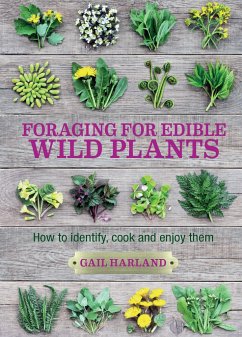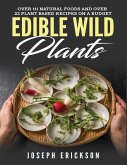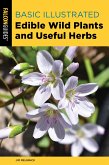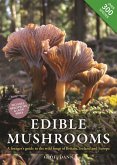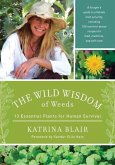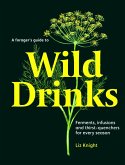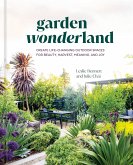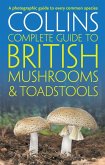A practical and attractive guide to the many edible varieties of wild plant that grow all around us. Whether you think of them as pretty wildflowers or troublesome weeds, wild plants are invaluable for wildlife. Not only are they an essential habitat and nectar source for insects, they are also beneficial for the soil, accumulating trace elements and acting as hosts for mycorrhizal fungi. Wild plants can be also be included in a variety of tasty recipes as unusual and flavoursome culinary ingredients. Written by qualified dietician and horticulturalist, Gail Garland, Foraging for Edible Wild Plants describes more than 50 edible species, from common species, such as nettle, dandelion, chickweed and ground elder, to the less well-known brooklime and wintercress. Gail also shares advice on how to identify wild plants that are harmful to eat, as well as tips on controlling invasive species such as knotweed . The guide is beautifully designed with illustrated notes on appearance and habitat, and attractive colour photographs throughout. It includes numerous recipe suggestions for jams, cordials, pesto, salads and soups, and nutritional information. There are also tips for non-culinary activities, such as making dyes from nettles and soap from soapwort, and fascinating historical facts about wild plants throughout. Foraging for Edible Wild Plants is a charming resource, perfect for gardeners, botanists, cooks and foragers.
Hinweis: Dieser Artikel kann nur an eine deutsche Lieferadresse ausgeliefert werden.
Hinweis: Dieser Artikel kann nur an eine deutsche Lieferadresse ausgeliefert werden.

